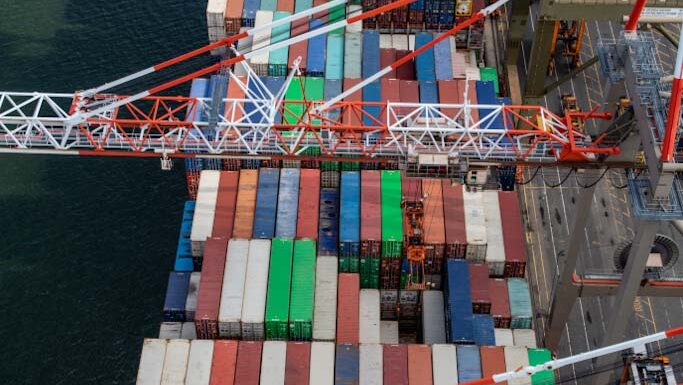
US Freight Industry Experiences a US$46 Billion Surge in E-Shipment Growth
4 months ago
US Freight Industry Experiences a US$46 Billion Surge in E-Shipment Growth

Revenue from e-commerce shipments in the US freight industry reached a record US$706 billion, marking a 7% increase from the previous year. This surge highlights the ongoing shift towards digital transactions and fulfillment, with e-shipments now accounting for 80.4% of the total sales value in the sector. As trends point to continued growth, this transformation signals a sustained transition to e-commerce-driven operations in freight.
The findings, compiled by Source Advisors’ State and Local Tax specialists, analyze up to five years of e-commerce revenue data within the US manufacturing sector, shedding light on key industries leveraging e-commerce for growth.
Regional Growth and Tax Implications
At the state level, Indiana experienced the highest revenue increase in transport equipment manufacturing, with a US$12 billion jump (15% increase). Texas followed closely with a US$9 billion boost (16% increase), while Alabama saw a US$3.9 billion rise, reflecting a 9% year-on-year growth.
While the expansion of e-commerce brings clear benefits, tax specialists caution businesses about the growing liability from local taxes, particularly when selling products across multiple states. According to Chris Vignone, Managing Director at Source Advisors, companies expanding their e-commerce operations need to carefully manage tax obligations to avoid costly pitfalls.
“Selling across state lines means navigating a complex network of local tax rules,” Vignone explained. “Each state’s regulations impact tax liabilities, and failing to properly manage these can result in significant tax burdens. Businesses must invest in effective tax management systems to avoid overspending.”
As e-commerce continues to drive revenue growth, companies must stay vigilant about their tax obligations to fully capitalize on the sector’s potential while minimizing financial risks.
Source: Container News